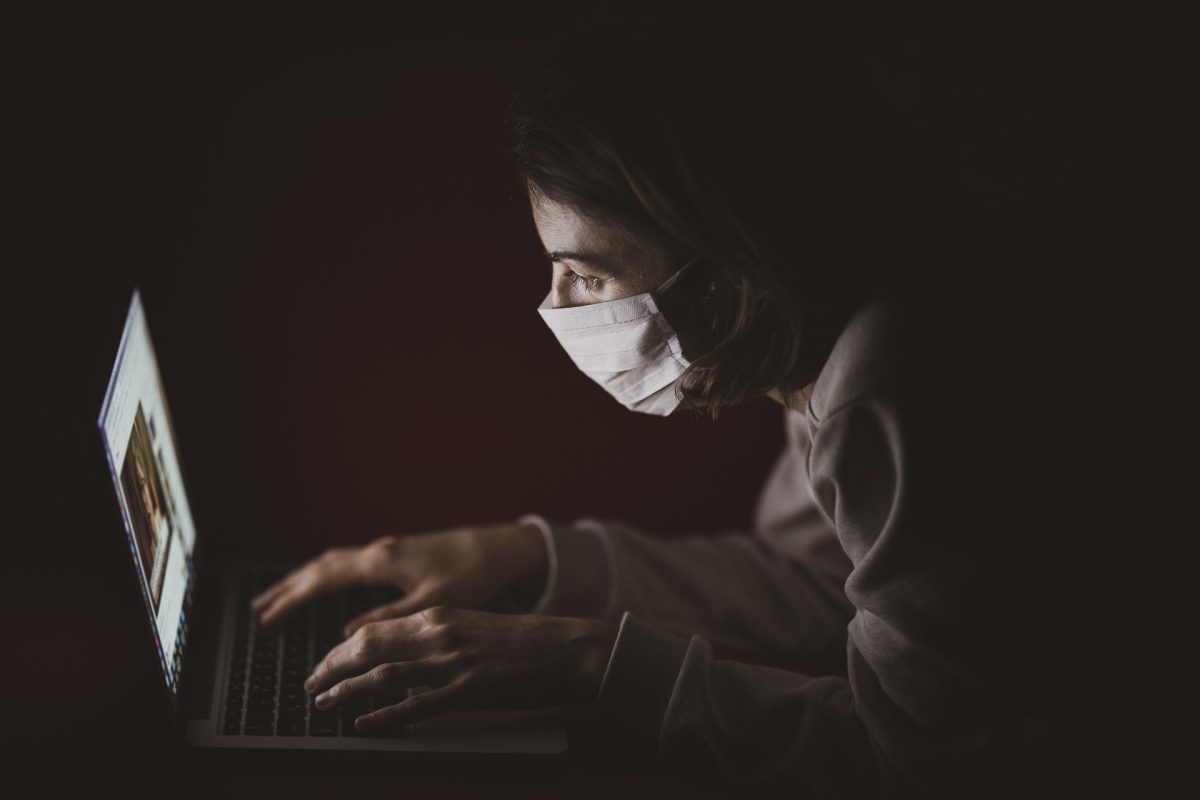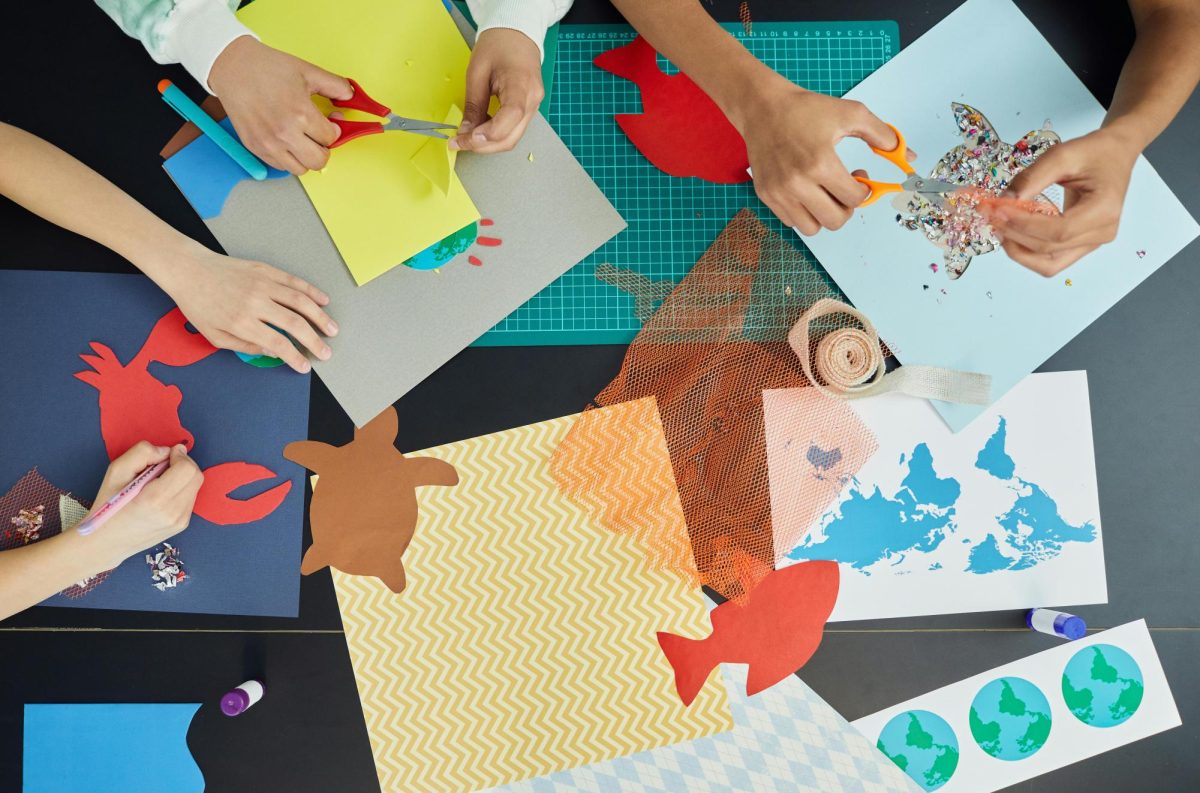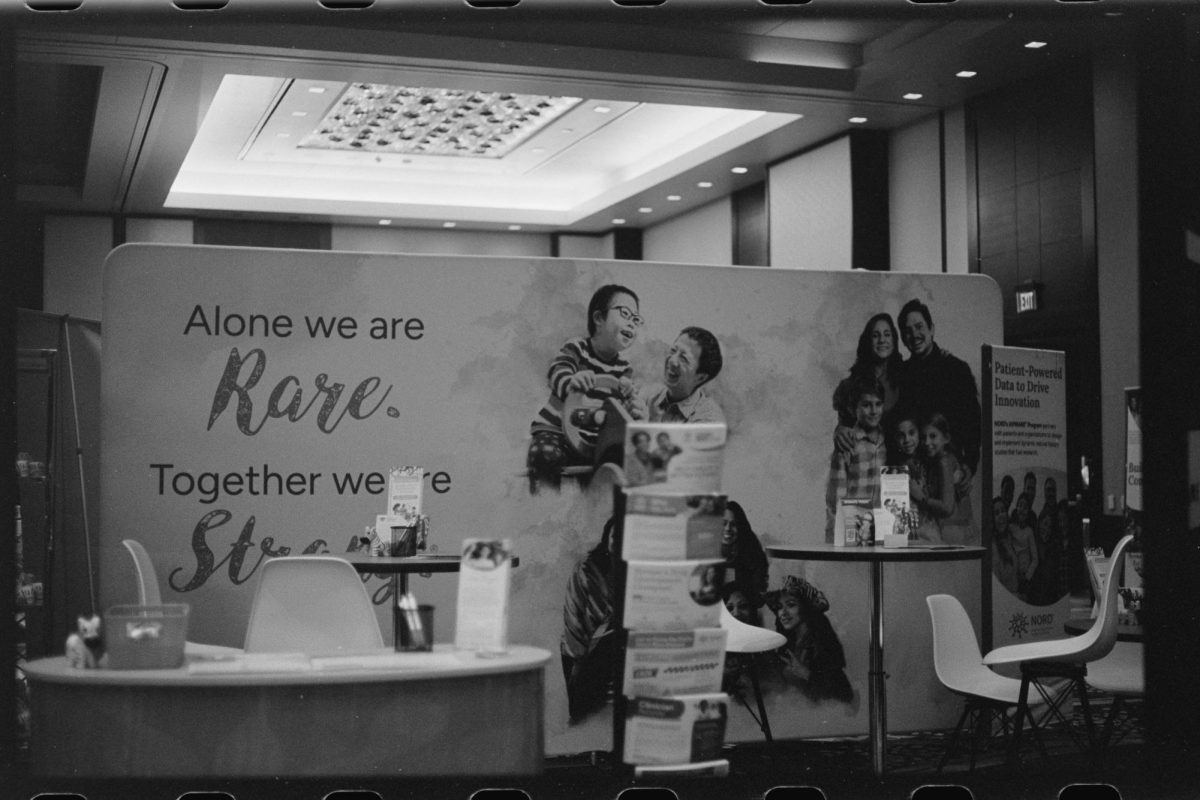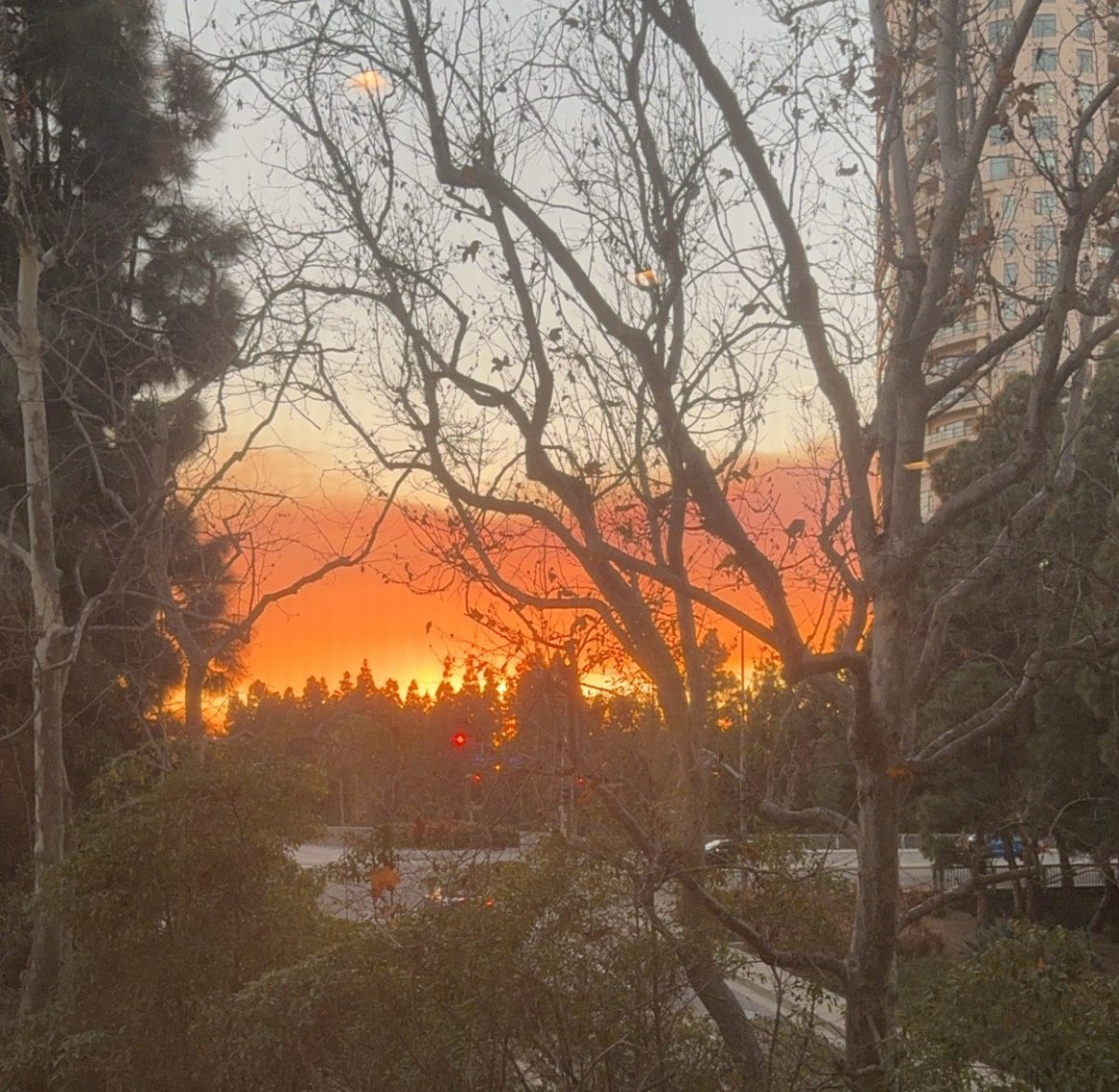The COVID-19 pandemic has dragged on for nearly a year now, and as we quickly approach the mid-March marker, the world seems to be holding its breath, waiting to see when life can return to the normal we once knew. Unfortunately, with the U.S. reaching over 500,000 lives lost to COVID-19, we will have to find a new normal to abide by, one with smiles missing from our dinner tables. Herd immunity through vaccination is an ongoing, long process, from actually creating the vaccine to then transporting it, and to then getting it into people’s arms, and is not expected to be achieved until the fall of this year. As a nation, it is time to recognize that coronavirus will not simply go away as we had once hoped but will remain part of this world even after the majority of the U.S. has been vaccinated.
Without considering the COVID variants popping up around the world, COVID-19 outbreaks will, in all likelihood, become a routine occurrence in future years. These outbursts, however, will look very different from what we’ve seen in 2020 and 2021 so far. Instead, it has been predicted that coronavirus will become a sort of flu or cold to us. This means that although it will be an inconvenience, it is not likely that it will ever reach the heights of April or January once we’ve obtained herd immunity. Perhaps we will have to get vaccinated yearly for variants, similar to what we do with the flu, or maybe it will just be an unavoidable thing that happens, not unlike a common cold. The real legacy of COVID-19 is in the billions of lives affected through changes like distance learning and being kept away from family and friends, and the many persons affected by a larger cause, such as our healthcare workers and those who have lost loved ones to this devastating virus.
America has been through it all in the past year, with students and educators being forced to adapt to new systems and overcome obstacles never seen in generations before. For many this has been a struggle, switching from an environment filled with friends and support to a cold, lonely Zoom call. Each grade level has its own setbacks, with elementary school parents struggling to keep their children focused on a screen, and high school students drowning in a never-ending flow of work. Teachers are unable to connect with their students, staring at rows and rows of profile pictures, instead of smiling faces. The impact of this new environment is being researched, and many students who were unwillingly flung into a warped version of their normal education are struggling to stay motivated. A poll done in June 2020 showed that 3 out of 10 parents were noticing a decline in their child’s mental health, and with distance learning continuing through the fall and spring semesters of many brick and mortar schools, that number has likely risen. Many schools are unable to properly fit all of their curricula into an online setting as well, leading to debate over the long-term impacts of this loss in education. Despite these setbacks, teachers and students alike persist, wading through the pool of assignments and deadlines slowly but surely.
Due to social distancing guidelines, many vacations, hangouts, birthdays, and weddings have been canceled and rescheduled over and over again, without ever actually happening. People have been staying at home instead, following the same routine daily, for months on end. Social contact is crucial for developing persons, such as teenagers, and the lack of such a thing in the present world is causing serious mental health issues. Already more susceptible to developing mental illnesses than adults, research shows that loneliness in teenagers is directly connected to developing serious mental health concerns, such as depression. Such frightening statistics further showcase the terrifying effects COVID-19 will leave us with.
To lose a loved one is an unimaginable pain, especially when you can only say goodbye through a phone screen. COVID-19 has prevented families around the world from giving a final hug to their mothers, fathers, grandparents, and children as they lay on their deathbed, surrounded by the cold tone of machinery. We’ve all seen the terrifying images of New York in March of 2020, heard of our local hospitals being filled beyond their capacity, and lived through a once-in-a-lifetime experience filled with pain and torment, long days of work, and long nights of tears. Throughout it all, healthcare workers have put their own lives at stake in order to protect and treat us, delivering goodbyes to the ones who passed, and nursing survivors back to health. These triple-masked heroes have shown us the light in humanity day after day as they tirelessly work against the pandemic, sacrificing both their mental and physical health in the process.
The COVID-19 pandemic has left everyone devastated and drained, whether you are a student, teacher, hero, or ordinary person whose life turned upside down. With our loved ones gone, our heroes tired, and our youth drained, this is the true legacy of COVID-19.







